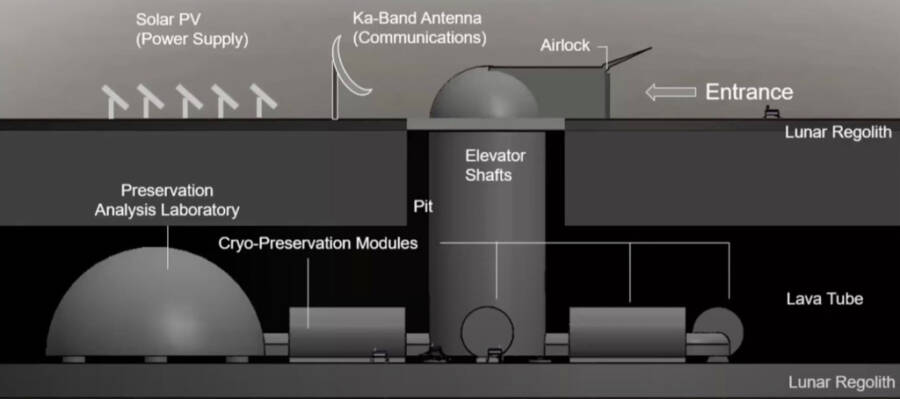
The doomsday vault keeps the world’s agricultural heritage in deep freeze. The vault’s builders had spent some $7 million and 12 months blasting a tunnel and three chambers into the mountainside’s hard permafrost. In March 2008, on a remote Norwegian island in the Arctic Circle, the Svalbard Global Seed Vault, or “doomsday vault,” took its first deposits. And for more details on why the vault was built and how it works, see our previous coverage below.īacking Up the World’s Food Supply with 800,000 Plant Species on Ice The folks at Veritasium have both curated a selection of news on the topic and produced this amazing video offering an inside tour. To see what it’s like inside the vault-look no further. The project’s endowment was doubled to $300 million earlier this year, and nearly half a billion has been invested overall since 2004. “Almost all we eat has its origin in seeds, and the diversity of seeds.”Īnd it would seem the vault’s backers agree. “This is the basis for our morning slice of bread, for our morning coffee, for our afternoon tea,” Marie Haga, executive director of the Crop Trust, which operates the vault, told the Washington Post. Seeds are, after all, the foundation of our food. The Syrian withdrawal serves as a reminder of the project’s importance. Its total capacity is 2.25 billion seeds, and even without power, it’s thought the seeds would remain viable for many years. It’s a pretty amazing example of humans, so often focused on the near-term, thinking way ahead. While other gene banks save regional snapshots, the Svalbard vault, when complete, aims for a more global snapshot. This is part of what the vault’s creators had in mind when they built it, but the bigger, longer-term goals remain too. It was the first withdrawal since the vault opened in 2008 and will hopefully help preserve the area’s agricultural heritage. Last fall, the International Center for Agricultural Research in Dry Areas (ICARDA) requested the withdrawal of nearly 130 of its 325 boxes deposited in the vault.

What’s happened since then? For the first time, seeds were removed from the vault by a Syrian organization after it decided to move its seed bank from Aleppo to Beirut.

In 2014, the story was about adding to the collection, and war-torn Syria was one of the depositors. Though there are plenty of seed vaults around the world, the Svalbard vault is the most secure. The vault was built with the future in mind, but some of the prime reasons a country might want to withdraw seeds-war or natural disaster-are very much part of the present.

We first wrote about the vault back in 2014 (see below) after 20,000 varieties of critical food crops arrived to join a total of 800,000 seed samples from around the world. The vault was created as a means to preserve human agriculture for an uncertain future. In Norway, the Svalbard Global Seed Vault is buried deep permafrost well within the Arctic Circle.


 0 kommentar(er)
0 kommentar(er)
